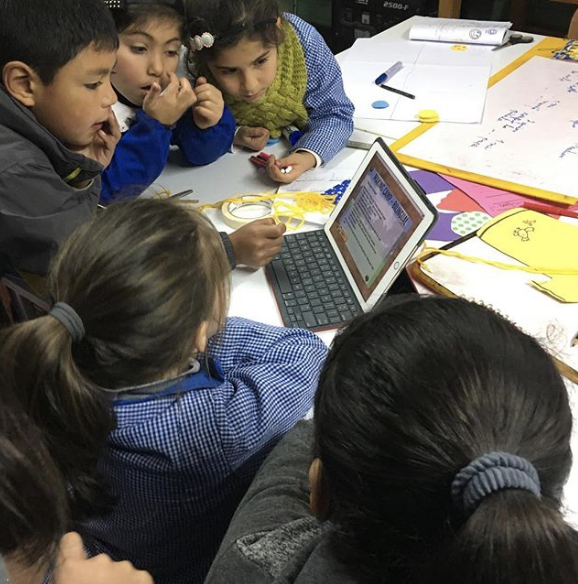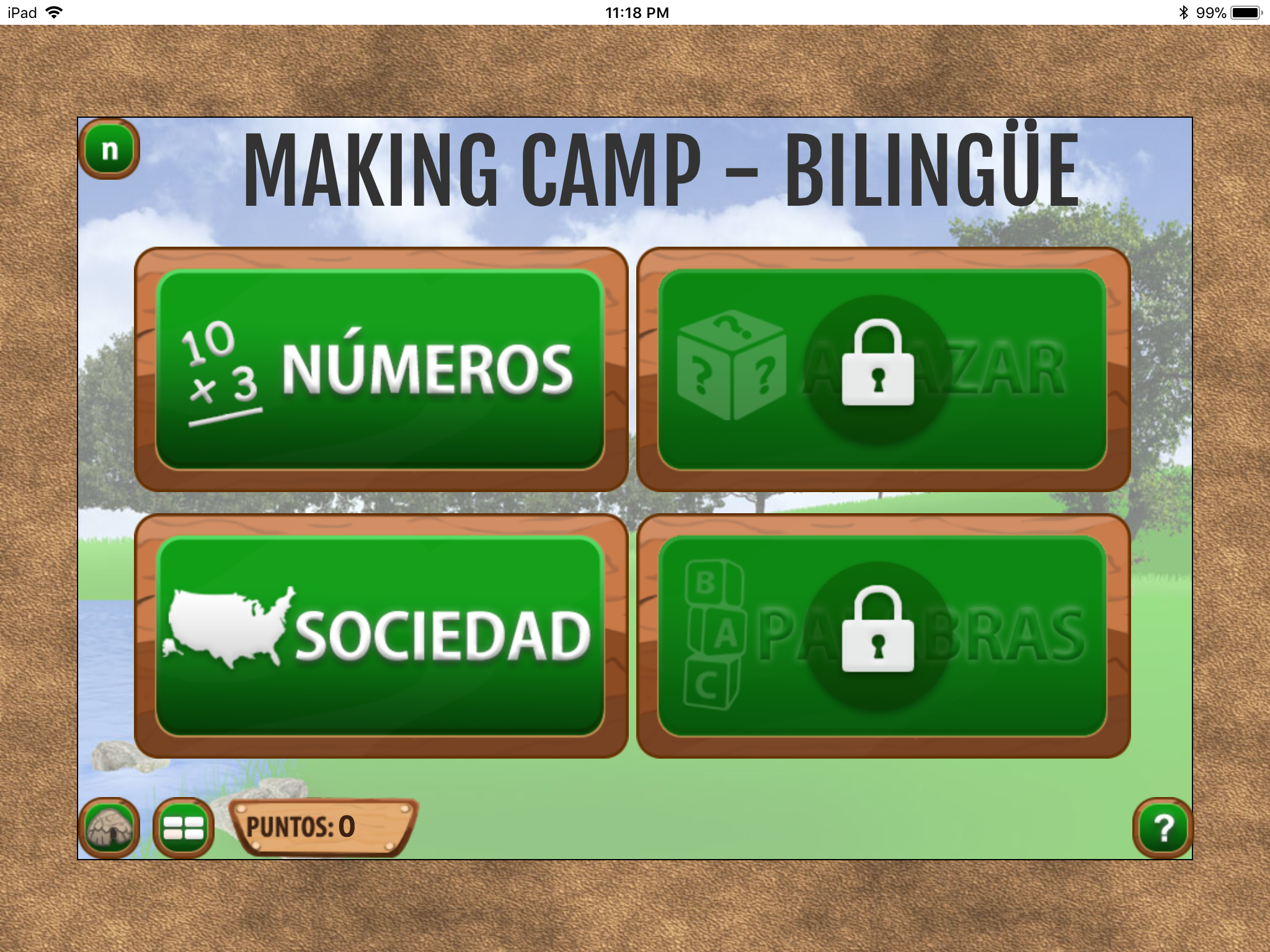If you actually ARE a bilingual teacher, you may already know what I’m going to say. In that case, read on to nod in agreement and feel superior. For me, this was one of the many things about education that only seemed obvious after I learned it.
Our software was developed to teach Spanish-speaking students in the US, of which there are 5 million. Originally, our idea was that it would be a resource for teachers who only spoke English and didn’t have the ability to translate materials into Spanish for their students .
However, we discovered our games were being downloaded and used in places like California’s Central Valley and downtown Los Angeles where sometimes Spanish was the teacher’s first language and over 90% of the students spoke Spanish as well.
This is where I think our applications are ideal for Chile, where we have opened an office recently, and our games are being used in Santiago and Concepcion.
When I asked the teachers why they needed our software pretty much every single person said,
“Sure, I speak Spanish and English, but I have two problems this software helps me solve:
First, I don’t have TIME to translate every single PowerPoint , to make videos explaining math terms or history terms.

- U.S. teachers have fewer students but they have their own challenges that are a black hole for time, from professional development days (not required in Chile) to lock downs. There are no active shooter drills because gun deaths are 57 times more common in the U.S. than in Chile. Don’t bother posting comments about your second amendment rights. It’s just a fact.
Second, my kids may all be Spanish speakers learning English but they are learning at different rates. Some came here this month and speak no English. Others have a very basic knowledge of English. Others have good conversational English but their academic English is horrible. They can talk about soccer all day but when we have math or history class in English , they’re lost.
This is also true in Chile, where almost all of the kids in the classes are native Spanish speakers. They are learning a foreign language but at different rates, just like all subjects have kids who learn at different rates.
If you are interested in bilingual games, check out Making Camp Bilingual. It teaches multiplication, division and Native American history.
Making Camp Bilingual can be played in Spanish or English.
English is always presented first, so students are exposed to English. It’s a game and as students get eager to earn more points, they often quit switching back to Spanish so they get the points faster, or they try to figure it out from the English because they aren’t very patient.

Making Camp Bilingual has turned out to be our most popular bilingual game, something else I did not expect for reasons you might be able to guess, but that’s a post for another day.
